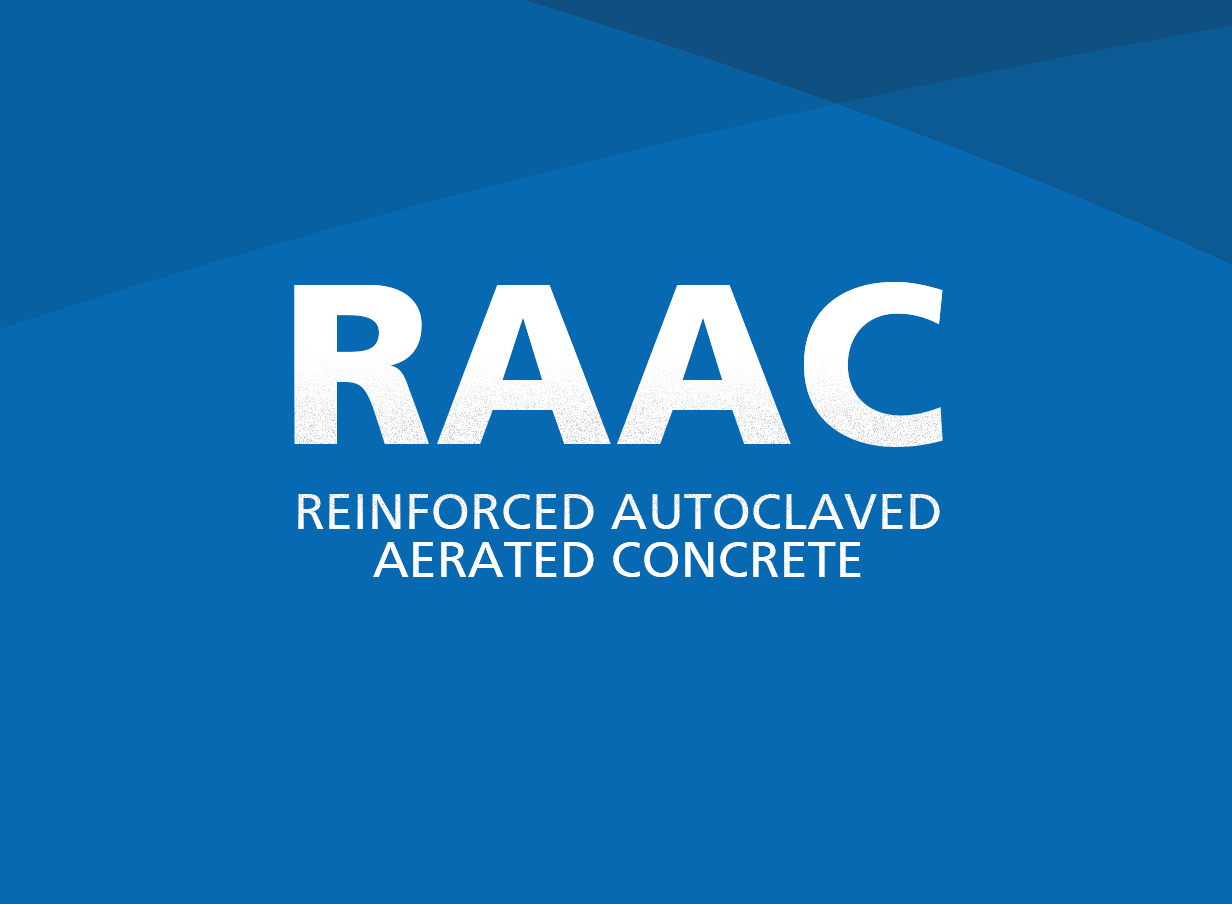Reinforced autoclaved aerated concrete at the Royal Bolton Hospital site
Reinforced autoclaved aerated concrete at the Royal Bolton Hospital site
Since identifying RAAC on the hospital site in November 2023 we have taken the following actions to make sure that our staff, patients and visitors remain safe in our buildings:
- An ongoing, rolling programme of inspection of the identified RAAC planks.
- Propping the affected areas.
- Safely decanting the affected areas, which in turn will allow the Trust to commence essential RAAC refurbishment/stabilisation and eradication works to areas of known RAAC.
- A full survey of the hospital site has been completed.
- We will continue working with the national NHS RAAC experts to ensure the right steps are being taken to manage any issues to ensure the safety of our patients, visitors, and staff.
- The safety of our staff and patients remains our utmost priority and we thank patients, visitors and our staff for their patience and understanding while these vital works are carried out.
What is RAAC?
Reinforced autoclaved aerated concrete (RAAC) is a lightweight material that was used mostly in flat roofing, but also in floors and walls in schools, colleges, and hospitals between the 1950s and 1990s.
It is a cheaper alternative to standard concrete, is quicker to produce and easier to install.
It is aerated, or “bubbly”, with a lifespan of around 30 years.
Its structural behaviour differs significantly from traditional reinforced concrete.
Moreover, it is susceptible to structural failure when exposed to moisture. The bubbles can allow water to enter the material.
If that happens, any rebar reinforcing RAAC can also decay, rust and weaken.
What are you doing to make sure the hospital is safe?
Since RAAC was first discovered, we have been undertaking remedial works where required, which currently involves propping the known affected areas whilst we do detailed surveys of the department and areas. We will continue working with the right experts to ensure the right steps are taken to manage any issues to ensure the safety of our patients, visitors, and staff.
What is propping?
Putting structural support into wards and other areas to further support the RAAC panels.
Who do I get in touch with if I have any concerns?
Please contact the number on your appointment letters, and they will make sure you are directed to the right person to help.
Whilst we conduct the inspection and do any work needed, there may be some ward and service moves so that we can provide your care safely elsewhere.
We’ll keep this page updated with any moves, and let you know in advance of your appointment if you’re used to attending appointments in a particular place. There will be signage on all doors.
Current relocations:
M4 and M5 (postnatal) have moved to G4, first floor of Royal Bolton Hospital – view map online.
M2 (antenatal) has moved to G3, first floor of Royal Bolton Hospital
Some Women’s Healthcare services have moved to Lever Chambers, in Bolton town centre.
M1 and M6 (our gynaecology and early pregnancy units) have moved to H1 – view map online.
For more information on the RAAC programme – NHS England » Reinforced aerated autoclaved concrete (RAAC)
